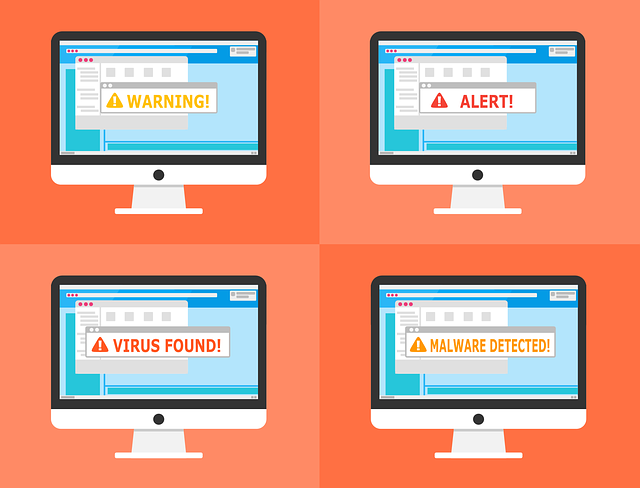How to Rescue Your Browser From Being Hijacked
Browser hijacking, at it’s best is simply a nuisance, but at its worst, can be a real danger to your personal, specifically financial, security. Browser hijacking is essentially when an insidious software programme forcibly modifies a user’s web browser, in order to redirect their browser to a specified location, preventing you from reaching your intended destination and to force hits and generate advertising revenue.
Whilst some hijackers are just unscrupulous opportunists, there are a few hackers that exploit malicious browser software in order to surreptitiously install software such as keystroke loggers, stealing potentially damaging data like your banking or e-mail authentication details.
Regardless, having your browser hijacked can be a total pain to fix, even prevention can be difficult in some cases, as the software is often disguised within a Trojan Horse by way of either a malicious email link or bundled in with seemingly legitimate software by a software developer.
In an effort to help improve your online security, and to aid you if you ever have the misfortune in getting hijacked in the future, we’ve come up with a few prevention techniques and rescue strategies to take back control of your browser.

How to Tell Your Browser Has Been Hijacked
The following issues are usually reasonable indicators that your browser has, unfortunately, been hijacked;
- Your home page has changed without your consent
- Your default search engine has changed without your consent
- You’re unable to reach certain web pages
- You are being redirected to pages you never intended to visit
- You are receiving unusual, unrelated or unwarranted ads or pop-ups
- New toolbars, bookmarks or favourites have been added without your consent
- Your web browser starts running sluggishly
How to Prevent Your Browser From Getting Hijacked
Using some simple computer security techniques, and using the internet intelligently, can be all it takes to prevent your browser from being hijacked.
1. Keep Your OS and Browser Software Updated
Keeping your browser in the best shape possible is essential to prevent most malicious internet attacks, always updating to the latest version and maintaining inbuilt security software will help you to stay out of the firing range of hackers that try to exploit vulnerabilities in your system. Like most predators, they’ll always go for the weakest link.
Updating your software isn’t difficult, most browsers, in fact, will offer them automatically, but running a quick software update scan will help you check if you’re still in date. Moreover, most browser providers are more acutely aware of any new hijacking trends or issues than your average joe and will release targeted security updates to rectify any foreseeable problems.
2. Use an Antivirus Software’s ‘Real Time Protection’ Feature
It’s always worth checking before buying, or, if you have already purchased antivirus software, that it comes with a Real-Time Protection feature. This particular feature will watch over your software constantly, keeping an eye out for any real time attempts to change key configuration files, or modify your browser settings. Many of these tools offer an alarm system and will alert you immediately when any of the above are happening, giving you valuable warning to attempt to mitigate and prevent any damage.
It’s also useful to check that your anti-malware definition files are up to date.
3. Always Read the Fine Print
One of the biggest, and most avoidable, offenders for inviting in hijacking software is people that don’t read the fine print. Although it’s often lengthy, boring and may seem like a waste of time, it is always a good idea to know exactly what you’re buying into. You wouldn’t blindly buy a house, so why would you trust such a large part of your life (financial transactions, banking details, contact information) to a software you’re not even fully aware of?
As stated previously, some hijacking software comes bundled up in something legitimate, and the fine print is where you’re going to find it.
Equally, it is important to be aware of any extra, or third party, bundles that have been added to your software that you may be automatically opted into. Many companies will allow you to opt out of downloading any utilities that aren’t completely necessary for your software to function and that you aren’t entirely aware of their purpose.
If, after your software has been installed, you’ve realised that your browser has been hijacked, some of the more understanding software makers will allow you to totally wipe the software from your device, however, quite often the damage has already been done, and even after you uninstall it, it may not completely undo the changes it has made to your browser settings.
4. Use Common Sense
If a downloadable add-on, plugin or extension looks too good to be true or has questionable credibility, then don’t download it. Policing your behaviour online and making intelligent and researched decisions in terms of any software, or even your own security settings are the best way to keep your browser safe.

How to Rescue Your Browser After it’s Been Hijacked
Okay, so your browser has been hijacked, and unfortunately, it’s up to you to manually reset and fix your browser, but whilst the resolution can sometimes be long and exacting, all is most definitely not lost. Here’s a short step by step guide to getting your browser back to normal.
- If you’re not sure where the malicious software is, double check all your installed add-ons, plugins and extensions – if you see anything suspicious, uninstall it.
- If it is just your homepage that’s been hijacked, you can easily revert this back to your browser settings, however, it is something slightly more complex, like your links being redirected to certain sites, you may have to reset your host file.
- Similarly, you may need to flush your DNS cache, as an extra protection.
- In your internet security settings, check if any sites have been added to your Trusted Sites Zone
- A failsafe tool is to completely reset your browser settings, to take your browser back to all of its original defaults, eradicating any changes the hijackers may have made.
- Once you have completed these steps, you should run a full scan of your computer, to ensure that all traces of the malicious software have been removed.
- Change any important passwords.
- If you suspect that anything more malevolent has occurred, that your credit card details have been stolen, for example, make sure to double check your statements and alert the relevant authorities.
If you’ve followed all of these steps and are still having difficulties then we’d suggest you seek help from an IT support professional.






